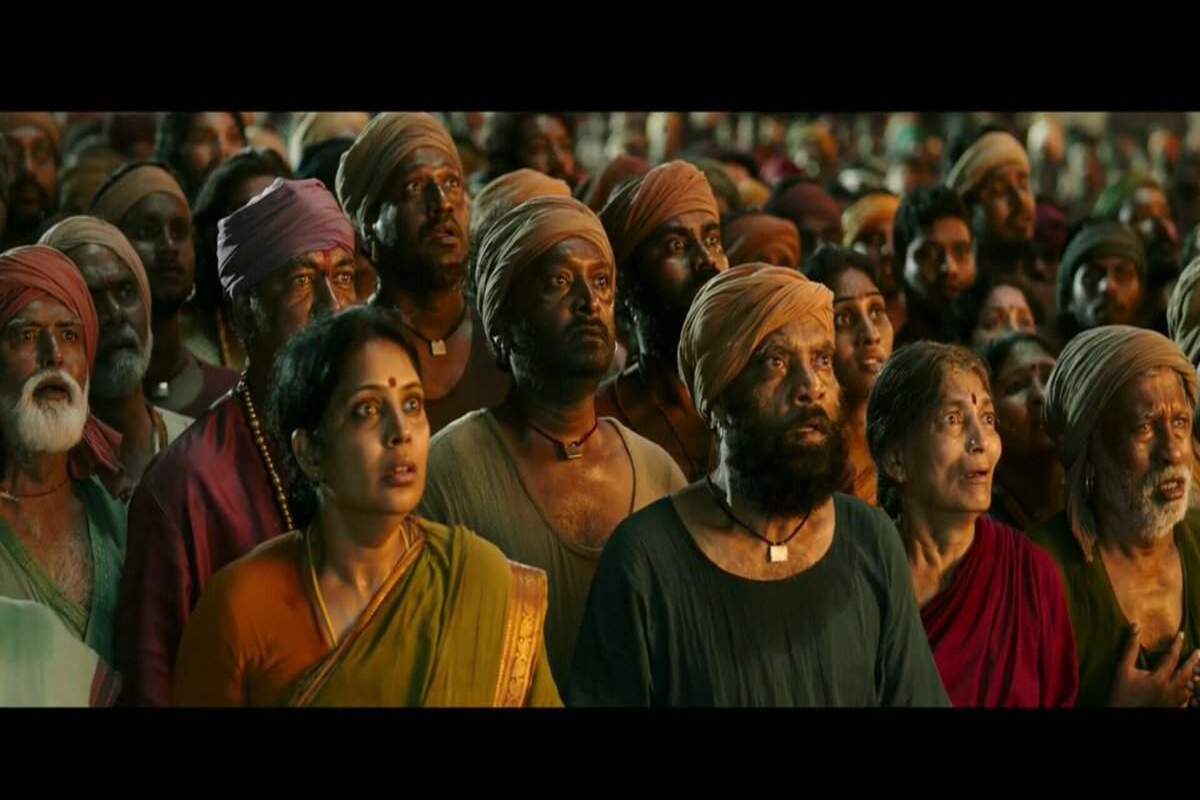Indigenous communities or the tribes from India have quite a representation in Indian films. Despite a vast lens showcasing a variety of lives, it has been seen that the lens tends to become narrower while representing tribal lives in the movies.
Since the classic ‘Madhumati’ (1958) and ‘Shalimar’ (1978), to as new as ‘Babhubali’ (2015) and ‘RRR’ (2022), the representation of tribal communities in the movies have not done justice to the community in terms of their true representation. While the communities have developed and many of these tribes have assimilated into the mainstream fold of the societies, they are still shown as rustic, belonging to the archaic world and deprived.
Advertisement
lead characters of Madhumati’ (1958), Satyam Shivam Sundaram (1978), ‘Shalimar’ (1978), Nagin (1978), etc. have been films that had the lead characters representing the modern world but their counterparts came from the tribal communities which were show absolutely unworldy, naive and someone. In ‘Tarzan’, a series of 24 adventure novels written by Edgar Rice Burroughs (1875–1950) and published between 1912 and 1966, the lead character is the ‘child of the nature’.
Characters in all the above mentioned films somehow falls into British anthropological categories. The landscapes include deep forests, hills, mountains, desserts, etc. Unfortunately these details are still form a prominent backdrop for the portrayal of characters from indigenous communities in the film. In the movies like Ravan (2010) and Veer(2016), the protagonists’ identities are strongly tied to the place they belong to and represented as if they fail to realise the world they live in.
But there are some exemplary charachters which have come out of such stereotypical mportrayal like the films Chak De India (2007), 3 Idiots (2009) and Mary Kom (2014). The tribal characters, shed their identities, and are emphatically projected as “one of us,” a proud member of the Indian nation, where there is no discrimination against them.
The other wind of change are the recent films like ‘Babhubali’ (2015) and ‘RRR’ (2022), where a very united as well as aggressive side of the indigenous community has been presented in front of the audience.
The world has changed and the societies have changed and developed too. it is time film makers portray the realism and not turn their eyes away from this change.











